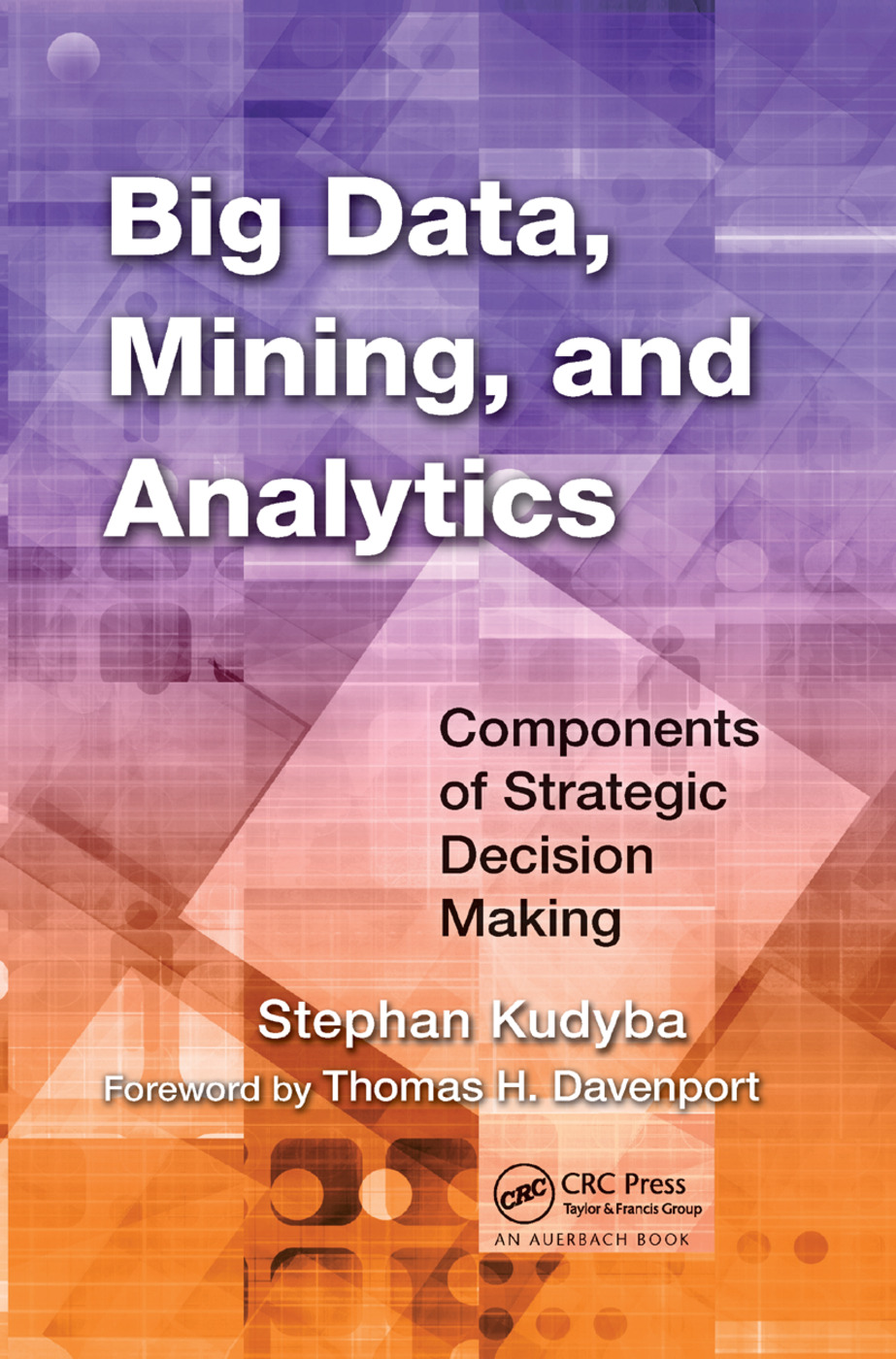基于机器学习的椰枣白鳞病阶段分类框架
IF 6.2
1区 计算机科学
Q1 COMPUTER SCIENCE, ARTIFICIAL INTELLIGENCE
引用次数: 4
摘要
椰枣生产具有重要的经济意义和营养优势,对绿洲农业至关重要。许多疾病危及这棵珍贵的树,给经济和环境带来压力。白鳞白僵菌是一种破坏性害虫,会降低椰枣的质量。当虫害达到特定程度时,可能会导致树木死亡。为了应对这种威胁,准确检测受感染的树叶及其侵扰程度对于决定是否需要化学处理至关重要。这一决定对于那些希望在保持生产质量的同时最大限度地减少产量损失的农民来说至关重要。为此,我们提出了一种基于特征提取和机器学习(ML)技术的框架,通过研究椰枣树的小叶图像,对椰枣树白皮病(WSD)侵扰的阶段进行分类。从所使用的数据集的灰度和彩色图像中提取80个灰度共生矩阵(GLCM)纹理特征和9个色调、饱和度和值(HSV)颜色矩特征。为了将WSD分为四类(健康、低侵扰程度、中等侵扰程度和高侵扰程度),测试了两种类型的ML算法;经典的机器学习方法,即支持向量机(SVM)和k近邻(KNN),以及集成学习方法,如随机森林(RF)和光梯度增强机(LightGBM)。ML模型使用两个数据集进行训练和评估:第一个数据集仅由提取的GLCM特征组成,第二个数据集结合了GLCM和HSV描述符。结果表明,SVM分类器在GLCM和HSV组合特征上的准确率高达98.29%。该框架有利于绿洲农业社区早期检测椰枣白皮病(DPWSD),并有助于采取预防措施,保护椰枣树和作物产量。本文章由计算机程序翻译,如有差异,请以英文原文为准。
A Machine Learning Based Framework for a Stage-Wise Classification of Date Palm White Scale Disease
Date palm production is critical to oasis agriculture, owing to its economic importance and nutritional advantages. Numerous diseases endanger this precious tree, putting a strain on the economy and environment. White scale Parlatoria blanchardi is a damaging bug that degrades the quality of dates. When an infestation reaches a specific degree, it might result in the tree's death. To counter this threat, precise detection of infected leaves and its infestation degree is important to decide if chemical treatment is necessary. This decision is crucial for farmers who wish to minimize yield losses while preserving production quality. For this purpose, we propose a feature extraction and machine learning (ML) technique based framework for classifying the stages of infestation by white scale disease (WSD) in date palm trees by investigating their leaflets images. 80 gray level co-occurrence matrix (GLCM) texture features and 9 hue, saturation, and value (HSV) color moments features are extracted from both grayscale and color images of the used dataset. To classify the WSD into its four classes (healthy, low infestation degree, medium infestation degree, and high infestation degree), two types of ML algorithms were tested; classical machine learning methods, namely, support vector machine (SVM) and k-nearest neighbors (KNN), and ensemble learning methods such as random forest (RF) and light gradient boosting machine (LightGBM). The ML models were trained and evaluated using two datasets: the first is composed of the extracted GLCM features only, and the second combines GLCM and HSV descriptors. The results indicate that SVM classifier outperformed on combined GLCM and HSV features with an accuracy of 98.29%. The proposed framework could be beneficial to the oasis agricultural community in terms of early detection of date palm white scale disease (DPWSD) and assisting in the adoption of preventive measures to protect both date palm trees and crop yield.
求助全文
通过发布文献求助,成功后即可免费获取论文全文。
去求助
来源期刊

Big Data Mining and Analytics
Computer Science-Computer Science Applications
CiteScore
20.90
自引率
2.20%
发文量
84
期刊介绍:
Big Data Mining and Analytics, a publication by Tsinghua University Press, presents groundbreaking research in the field of big data research and its applications. This comprehensive book delves into the exploration and analysis of vast amounts of data from diverse sources to uncover hidden patterns, correlations, insights, and knowledge.
Featuring the latest developments, research issues, and solutions, this book offers valuable insights into the world of big data. It provides a deep understanding of data mining techniques, data analytics, and their practical applications.
Big Data Mining and Analytics has gained significant recognition and is indexed and abstracted in esteemed platforms such as ESCI, EI, Scopus, DBLP Computer Science, Google Scholar, INSPEC, CSCD, DOAJ, CNKI, and more.
With its wealth of information and its ability to transform the way we perceive and utilize data, this book is a must-read for researchers, professionals, and anyone interested in the field of big data analytics.
 求助内容:
求助内容: 应助结果提醒方式:
应助结果提醒方式:


